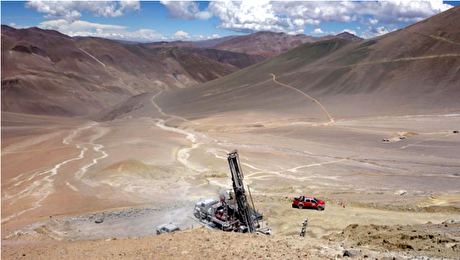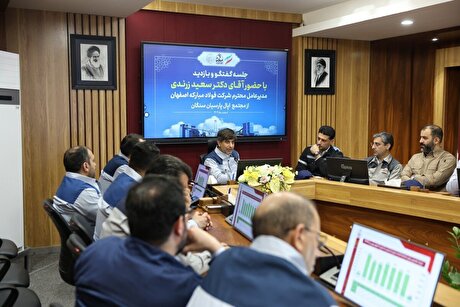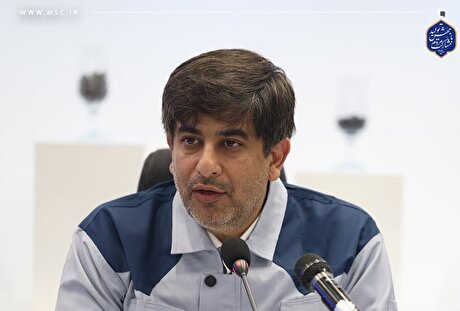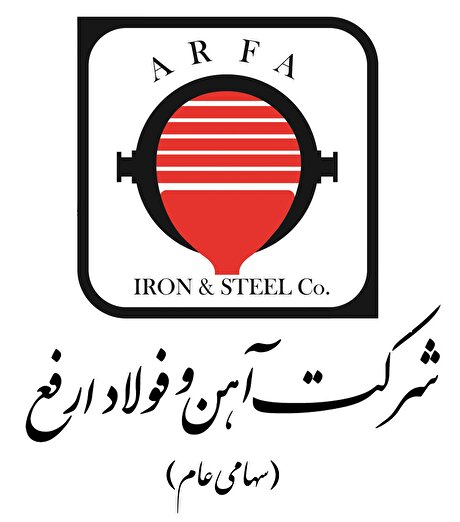
Imports of Water-Intensive Crops Can Help Battle Water Crisis in Iran

Asadollah Qarehkhani also told Mehr News Agency that there is no need to cultivate water-intensive crops in areas where water shortage is acute and water evaporation levels are high such as in the southern Khuzestan, southeastern Sistan-Baluchestan and central Isfahan provinces.
Qarehkhani noted that Iran can import part of its need to give underground water resources some respite.
A record high of 14 million tons of wheat was domestically produced in the 2016-17 crop year to make Iran self-sufficient in the production of the staple crop. The self-sufficiency persisted last year (2017-18), though production was lower.
Iran only imports wheat for reexport purposes after it is processed.
As for rice, domestic production stands at about 2.2 million tons a year. This is while Iranians consume around 3 million tons of rice a year.
According to the Central and West Asia Rice Center, with around 54% of Central and West Asia’s paddy fields located in Iran, the country accounts for 61% of the regions’ combined rice production. The two northern provinces of Gilan and Mazandaran are home to a majority of Iran’s paddy fields.

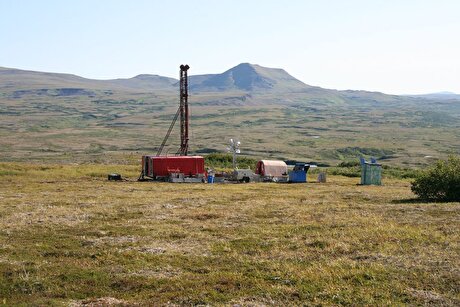
Northern Dynasty shares plunge 55% on insider selling
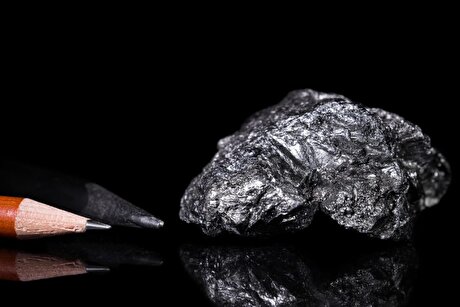
US set to impose 93.5% duty on China battery material

Iran’s Copper Production Continues without Interruption

BHP delays Jansen potash project as costs surge; logs record copper output
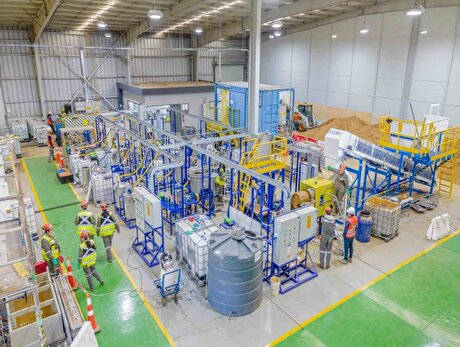
Aclara Resources, Stanford University partner on AI-powered rare earth research

Gold price to hit $3,600 this year and next: CIBC
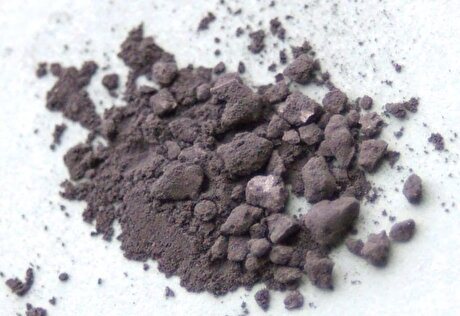
Ultra-rare metal rides AI boom as commodities star performer

Burgundy halts Ekati pit mining, lays off hundreds
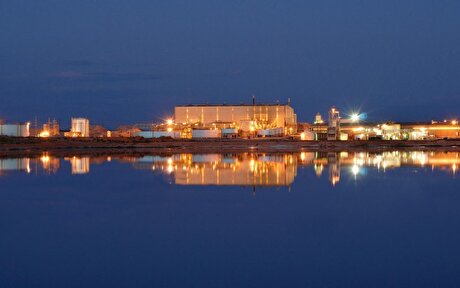
Energy Fuels shares surge to 52-week high as it begins heavy rare earth production

Gold price eases after Trump downplays clash with Fed chair Powell
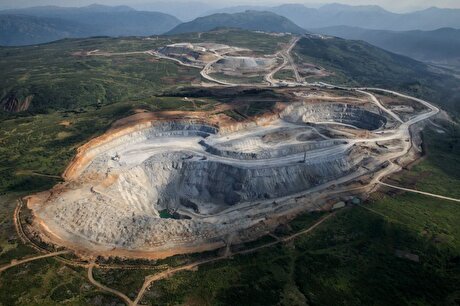
Three workers rescued after 60 hours trapped in Canada mine
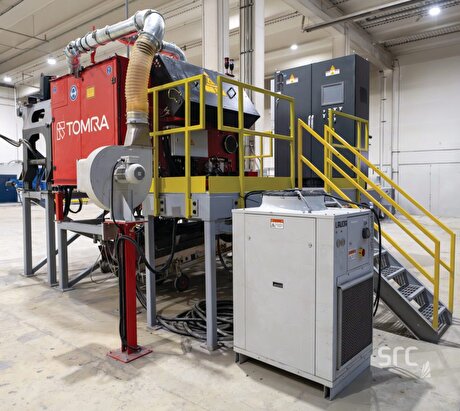
Saskatchewan Research Council adds full-scale laser sorter to mining industry services
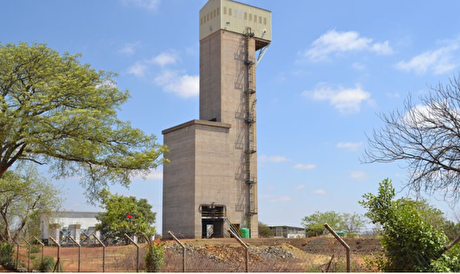
NexMetals receives EXIM letter for potential $150M loan
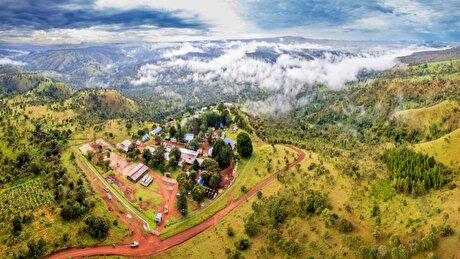
Lifezone Metals buys BHP’s stake in Kabanga, estimates $1.6B project value

KoBold signs Congo deal to boost US mineral supply

Northern Dynasty extends losses as it seeks court resolution on Pebble project veto
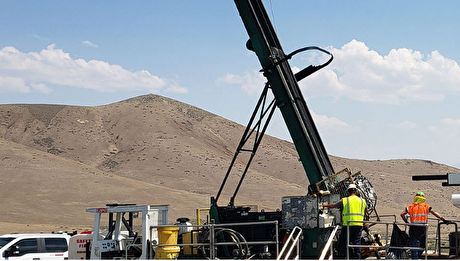
Spring Valley gold project in Nevada gets federal approval

Gold price to hit $3,600 this year and next: CIBC
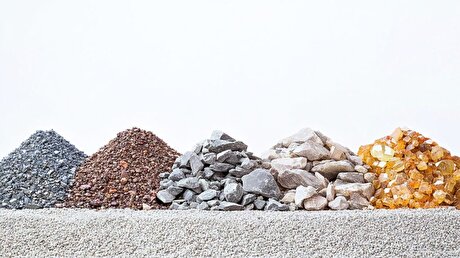
China quietly issues 2025 rare earth quotas

Gold price eases after Trump downplays clash with Fed chair Powell

Three workers rescued after 60 hours trapped in Canada mine

NexMetals receives EXIM letter for potential $150M loan

Lifezone Metals buys BHP’s stake in Kabanga, estimates $1.6B project value

KoBold signs Congo deal to boost US mineral supply

Northern Dynasty extends losses as it seeks court resolution on Pebble project veto

China quietly issues 2025 rare earth quotas

BHP delays Jansen potash mine, blows budget by 30%
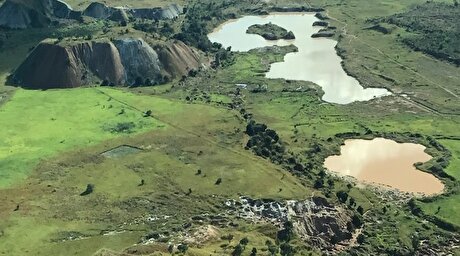
AVZ slams Congo-KoBold deal over disputed lithium project
